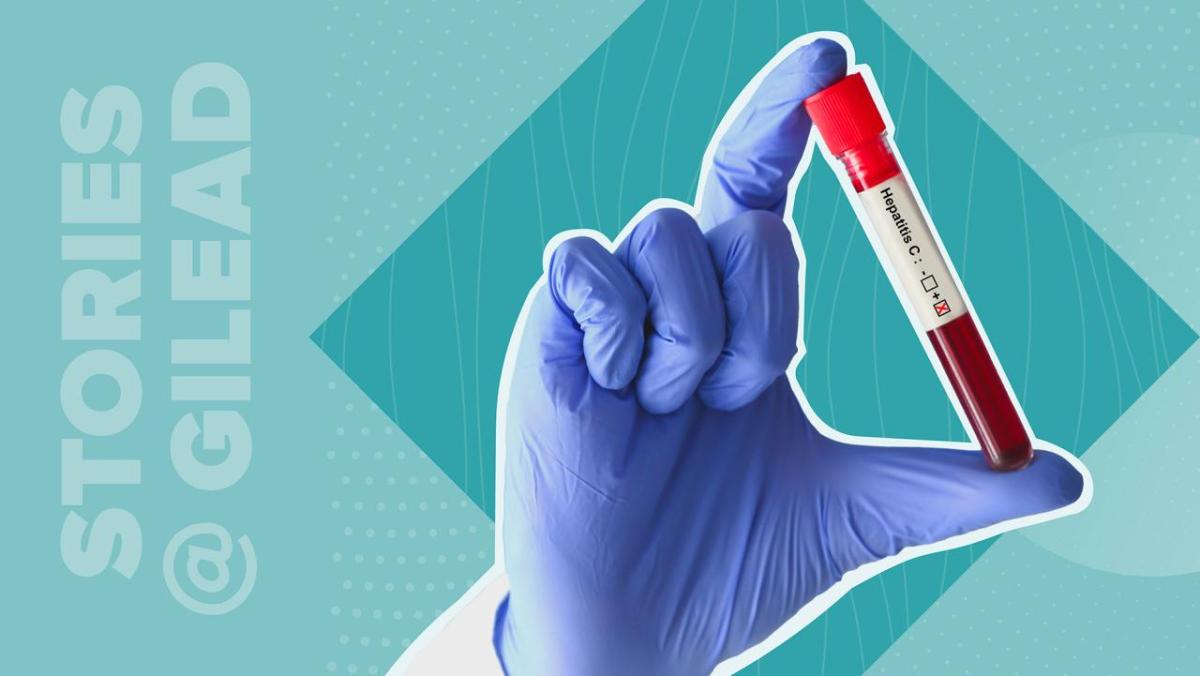Gilead Sets Sights on Hepatitis C Elimination As It Marks 10 Years of Curative Therapies

Long-time liver specialist Carrie Frenette says she won’t ever forget the people she treated for hepatitis C (HCV) before 2013 – the year that the Food and Drug Administration (FDA) approved a Gilead medicine. The medicine was the first curative therapy for HCV.
“More than a decade ago, treatment options were not only limited but were often associated with harsh side effects,” says Carrie, who after two decades of being a clinician now works at Gilead as Executive Director, Global Medical Affairs, Liver Diseases.
“My patients had been through so much living with the virus and now they were finally cured,” she continues. “One man felt he could finally date and even marry and have a family. It really helped transform lives.”
Since 2013, more curative therapies have become available and have helped revolutionize the care of those living with chronic HCV around the world. Today, 95% or more of those treated are cured, whereas cure rates varied for prior treatments that were available.
The Innovation Behind the Cure
As pioneers in antiviral development, scientists at Gilead had devoted more than a decade in the labs investigating potential treatments for HCV. They tested multiple compounds in parallel and eventually acquired a compound that worked well with the other compounds.
“Everybody anticipated the antiviral would impact lives, but I don’t think they realized just how transformative it would be,” says Bruce Kreter, Executive Director, Global Medical Affairs, HCV, who started at Gilead a year before the FDA’s approval of the therapy.
Gilead researchers went on to develop three more curative therapies. In the 10 years since the initial FDA approval and subsequent approvals in other countries, more than 4 million people globally have been treated with Gilead’s HCV medicines. In total, according to the World Health Organization (WHO), more than 10 million people worldwide have been cured of HCV.
“Once considered a virtual death sentence, today most people living with chronic HCV can be cured through a prescription from a primary care provider,” says Carrie, noting how meaningful it has been for both patients and clinicians to finally have highly effective options.
From Cure to Elimination by 2030
Today, the antiviral therapy is approved in nearly 100 countries and is considered an Essential Medicine by the WHO. Still, despite now having a cure, some 55 million people across the globe are living with HCV. In the United States, it’s estimated that 2 to 4 million individuals carry the virus but have yet to be diagnosed or treated.
Gilead has been working for years with governments in regions of high prevalence to provide low-cost treatment to some of the most vulnerable populations and disproportionately impacted countries. For example, in Egypt, where millions were living with HCV, Gilead was part of a successful effort to screen 50 million people and treat 4 million. This helped Egypt become the first country to be on the path to completely eliminate HCV.
Scientists are now focused on the once-unimaginable prospect of eliminating the disease around the globe.
“Elimination was beyond any aspiration in 2013 when we launched the antiviral,” Bruce says. “At that time, it was a big maybe. Now, here we are 10 years later with curative therapies and we’re directly supporting the WHO’s plan for elimination by 2030. The field has evolved very quickly.”
While the elimination goals may seem ambitious, Gilead’s work serves as a reminder of how far the field has come in 10 years. “You can work your whole life and never develop a cure,” says Bruce, noting that Gilead is continuing to pursue research into a potential functional cure for hepatitis B. “Gilead got to a cure for HCV in less than three decades and we aren’t going to be satisfied until we get to elimination, too.”
Veeva job code: IHQ–UNB–5281 | January 2024

